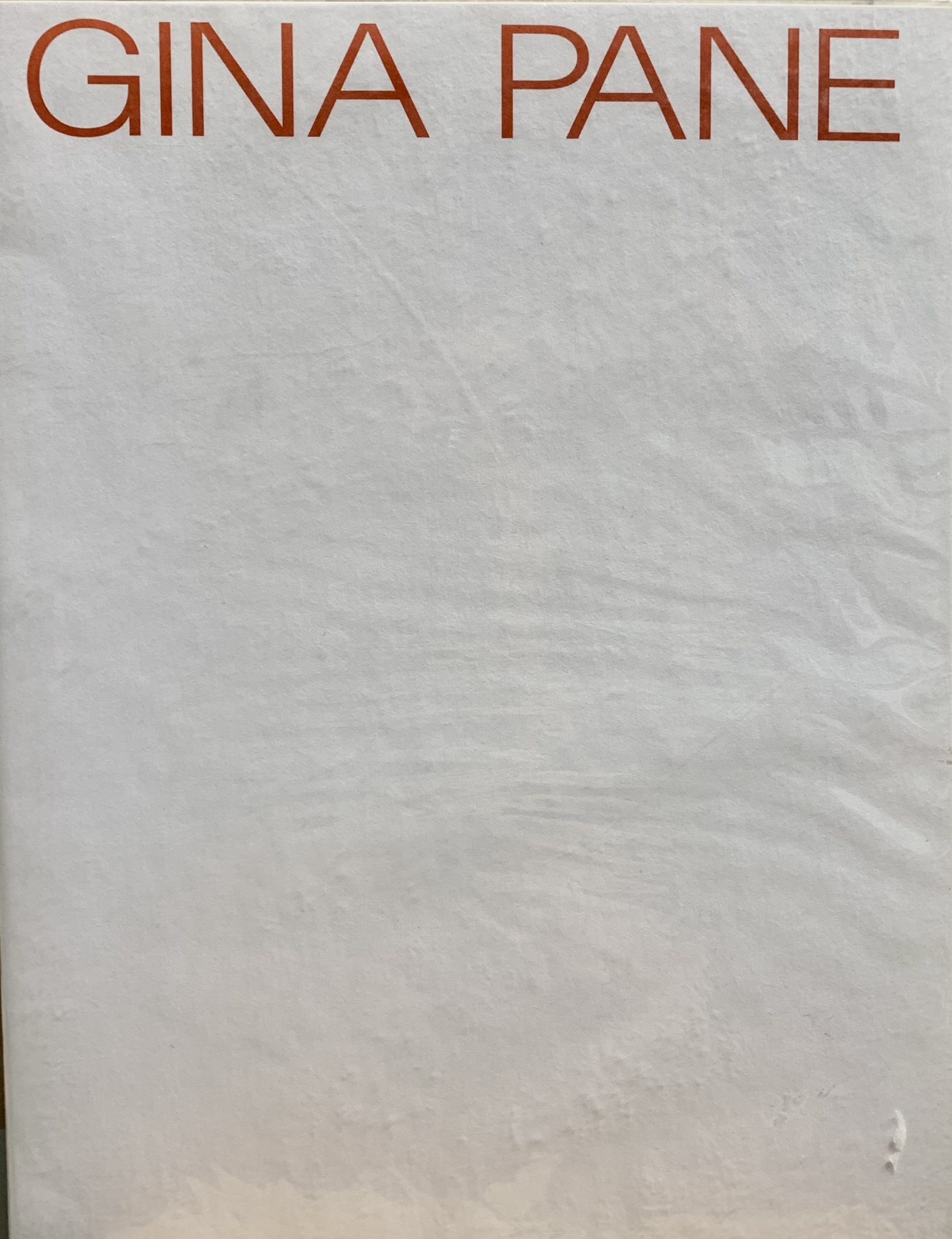Exploring The Unique Artistic Techniques Of Gina Pane

Gina Pane is not just an artist; she’s a provocateur, a storyteller, and a pioneer in the world of performance art. If you’ve ever been curious about how she intertwines body art, emotional expression, and trauma exploration in her work, you’ve come to the right place! This article dives deep into Gina Pane's artistic techniques and how she uses them to convey profound messages. So buckle up; we're about to uncover the layers of her unique artistry!
Who is Gina Pane?
Before we dive into the nitty-gritty, let’s set the stage. Gina Pane was a French artist born in 1939, known for her provocative body art and performance pieces that challenged societal norms. Her work often reflects themes of pain, trauma, and emotional expression. By using her own body as a canvas, Pane invites viewers to engage in a visceral dialogue about suffering and identity.
Gina Pane's Artistic Techniques: A Closer Look
Body Art Techniques Explained
Gina Pane's body art techniques are nothing short of revolutionary. She often used her own body in her performances, making her a living canvas. Here are some key aspects:
- Self-Injury: Pane incorporated elements of self-harm into her performances, using blades and other sharp objects. This was not just for shock value; it was a means to explore the connection between physical pain and emotional expression.
- Blood as a Medium: In her works, blood served as a powerful symbol of life, death, and sacrifice. It’s a raw, visceral element that adds an emotional depth to her art.
- Documentation: Pane meticulously documented her performances through photographs and video, allowing her audience to engage with her work long after the live event was over.
This blend of techniques creates a complex narrative that forces viewers to confront uncomfortable truths about the human experience.
Performance Art Methods
Gina Pane's performance art methods are equally compelling. Here’s a breakdown of her approach:
- Interactive Experiences: Pane often engaged her audience directly, inviting them to participate in her performances. This created an immersive experience that blurred the lines between artist and viewer.
- Theatrical Elements: Many of her pieces incorporated theatrical elements, including dramatic lighting and soundscapes, enhancing the emotional impact of her work.
- Choreographed Movements: Her performances were meticulously planned, with movements that often mirrored the themes of struggle and surrender.
By combining these elements, Pane created a transformative experience that resonated deeply with her audience.
Emotional Expression Techniques
At the heart of Gina Pane’s work lies her exploration of emotional expression techniques. Here’s how she tapped into raw emotions:
- Vulnerability: Pane's willingness to expose her own vulnerabilities resonates with viewers, encouraging them to confront their own emotional landscapes.
- Symbolism: She utilized symbols like mirrors and masks, prompting reflection on identity and the self.
- Narrative: Each performance told a story, often drawing from her personal experiences of trauma and pain, making her work relatable and impactful.
These techniques allow Pane to connect with audiences on a deeply emotional level, making her art not just a spectacle but a shared experience.
Art and Trauma Exploration
Gina Pane's work is a profound exploration of art and trauma. Here’s a closer look at how she navigated this challenging terrain:
- Confronting Pain: Pane believed that in order to heal, one must confront their pain. Her art serves as a cathartic release, both for herself and her audience.
- Cultural Commentary: By addressing trauma in her work, Pane sparked conversations about societal issues, including gender roles, mental health, and the human condition.
- Healing Through Art: Pane's performances often serve as a form of therapy, allowing both the artist and the viewer to process complex emotions.
By exploring trauma through her art, Gina Pane created a safe space for dialogue and healing, challenging viewers to confront their own experiences.
Case Studies: Notable Works
Let’s take a moment to highlight some of Gina Pane's most significant works that showcase her innovative techniques:
"The Conditioning" (1970)
In this iconic performance, Pane used her body to challenge societal norms around beauty and femininity. She subjected herself to physical pain while inviting the audience to reflect on the pressures women face. This piece is a perfect example of her body art techniques and emotional exploration.
"Self-portrait in the Face of the World" (1973)
This piece featured Pane creating a mirror image of herself, symbolizing introspection and self-identity. Through this performance, she delved into profound themes of self-acceptance and trauma, showcasing her emotional expression techniques.
"The Blood of the World" (1974)
Here, Pane utilized her own blood as a medium, making a powerful statement about life and death. This work perfectly encapsulates her approach to body art and the intersection of art and trauma.
Conclusion: The Legacy of Gina Pane
Gina Pane's artistic techniques are a testament to the power of performance art. She pushed boundaries, explored deep emotional landscapes, and invited audiences to confront their own experiences with pain and trauma. Her legacy continues to inspire new generations of artists and art lovers alike.
So next time you hear about Gina Pane, remember—her work isn’t just about art; it’s about the raw, visceral human experience. Dive into her world, and you’ll find that art can indeed be a powerful form of emotional expression and healing.
Key Takeaways:
- Body Art Techniques: Pane used self-injury and blood to explore emotional themes.
- Performance Art Methods: Engaged audiences through interactive experiences and choreographed movements.
- Emotional Expression Techniques: Invited vulnerability and reflection on trauma and identity.
- Art and Trauma: Her work serves as a commentary on societal issues and a form of healing.
Now, go on and explore more about Gina Pane and let her art ignite your curiosity!
